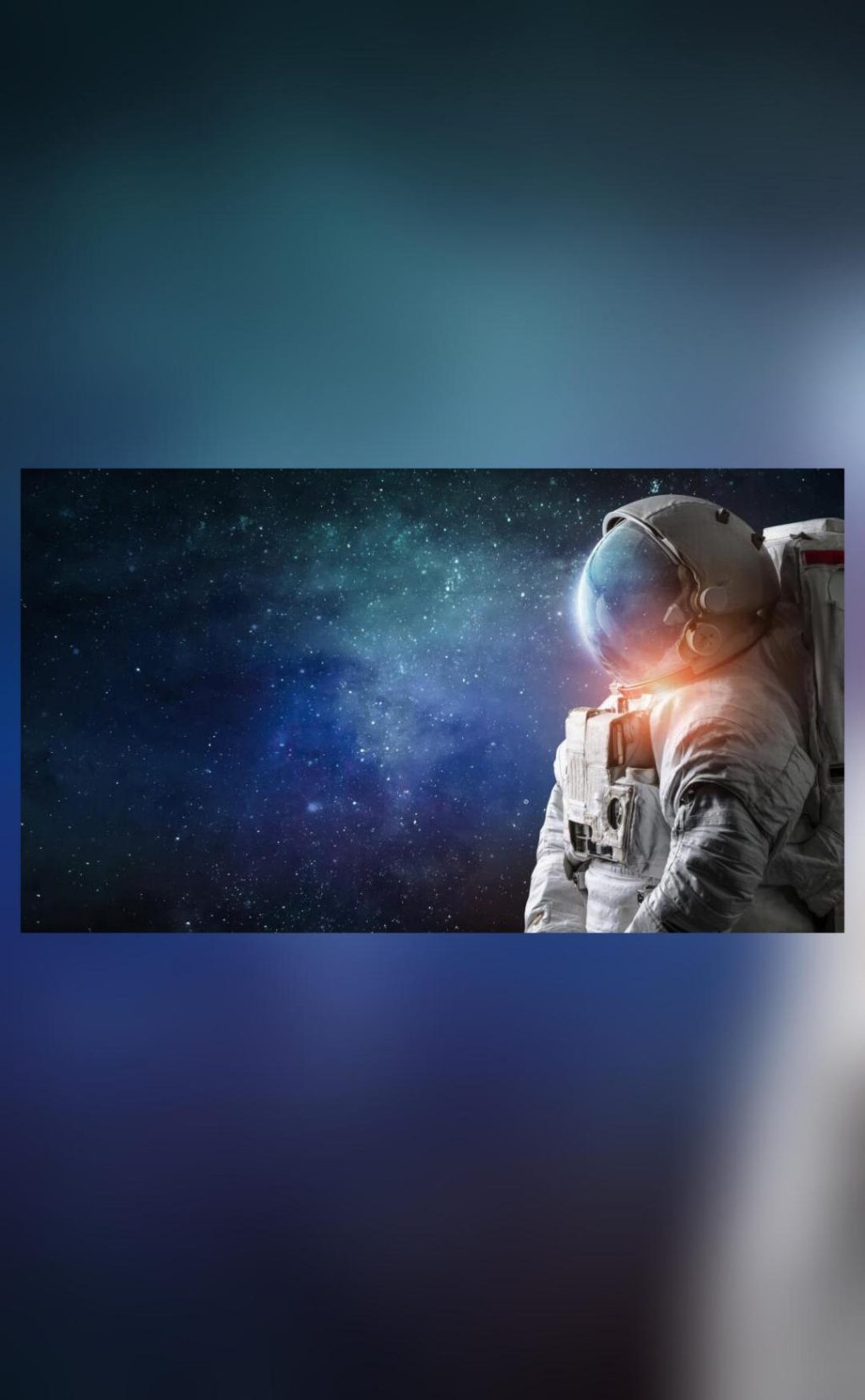
Google & NASA Create AI Medical Assistant for Mars Missions
In a groundbreaking collaboration, NASA and Google have developed an artificial intelligence (AI) medical assistant to ensure the health and well-being of astronauts during long-duration space missions to Mars and beyond. Dubbed the “Crew Medical Officer Digital Assistant (CMO-DA),” this innovative system uses multimodal processing to analyze speech, text, and images, providing accurate diagnoses and treatment recommendations.
The CMO-DA is designed to function as a vital component of the healthcare team on future Mars missions, where access to medical expertise may be limited. By leveraging Google Cloud’s Vertex AI platform, this AI-powered medical assistant can process vast amounts of data, learn from previous experiences, and adapt to new situations, ensuring that astronauts receive timely and effective care.
The Need for AI Medical Assistants in Space Exploration
As NASA prepares for its ambitious plans to send humans to Mars in the coming decades, the need for reliable and efficient medical assistance systems has become increasingly pressing. Prolonged space missions pose unique challenges for astronauts, including isolation, confinement, and exposure to harsh environments. These factors can lead to a range of medical issues, from minor ailments to life-threatening conditions.
In this context, AI medical assistants like the CMO-DA can play a crucial role in maintaining the health and well-being of astronauts. By providing real-time diagnostic support, these systems can help reduce the risk of medical errors, minimize the need for emergency evacuations, and enhance overall mission success.
The CMO-DA: A Multimodal AI Medical Assistant
The CMO-DA is a cutting-edge AI system that combines natural language processing (NLP), computer vision, and machine learning to analyze medical data from various sources. This multimodal approach enables the system to process speech, text, and images, providing a more comprehensive understanding of medical conditions and treatment options.
The CMO-DA is trained on a vast dataset of medical records, including patient histories, symptoms, and treatment outcomes. This training data is sourced from various partners, including NASA’s own medical records and those from other space agencies and medical institutions.
Diagnostic Accuracy: A Key Performance Indicator
To assess the effectiveness of the CMO-DA, NASA and Google conducted a series of tests using a simulated medical scenario. In this scenario, the system was presented with a range of medical cases, including ankle injuries and ear pain. The results were impressive, with the CMO-DA achieving diagnostic accuracy rates of:
- 88% for ankle injuries
- 80% for ear pain
These results demonstrate the potential of AI medical assistants like the CMO-DA to provide accurate and timely diagnoses, even in the most challenging of environments.
The Future of AI in Space Medicine
The development of the CMO-DA is a significant milestone in the integration of AI technology into space medicine. As NASA and its partners continue to push the boundaries of space exploration, AI medical assistants like the CMO-DA will become increasingly essential for ensuring the health and well-being of astronauts.
The CMO-DA is not only a testament to the power of collaboration between NASA and Google but also a reminder of the vast potential of AI technology to transform healthcare in space and beyond.
Conclusion
In conclusion, the Crew Medical Officer Digital Assistant (CMO-DA) is a groundbreaking AI medical assistant that has the potential to revolutionize healthcare in space exploration. By leveraging multimodal processing and machine learning, this system provides accurate diagnoses and treatment recommendations, ensuring that astronauts receive the best possible care during long-duration space missions.
As NASA and its partners continue to push the boundaries of space exploration, AI medical assistants like the CMO-DA will play a vital role in maintaining the health and well-being of astronauts. The future of space medicine is bright, and the CMO-DA is a shining example of the innovative solutions that can be achieved through collaboration and technological advancement.
Source:






